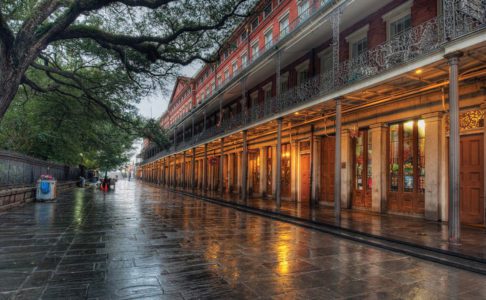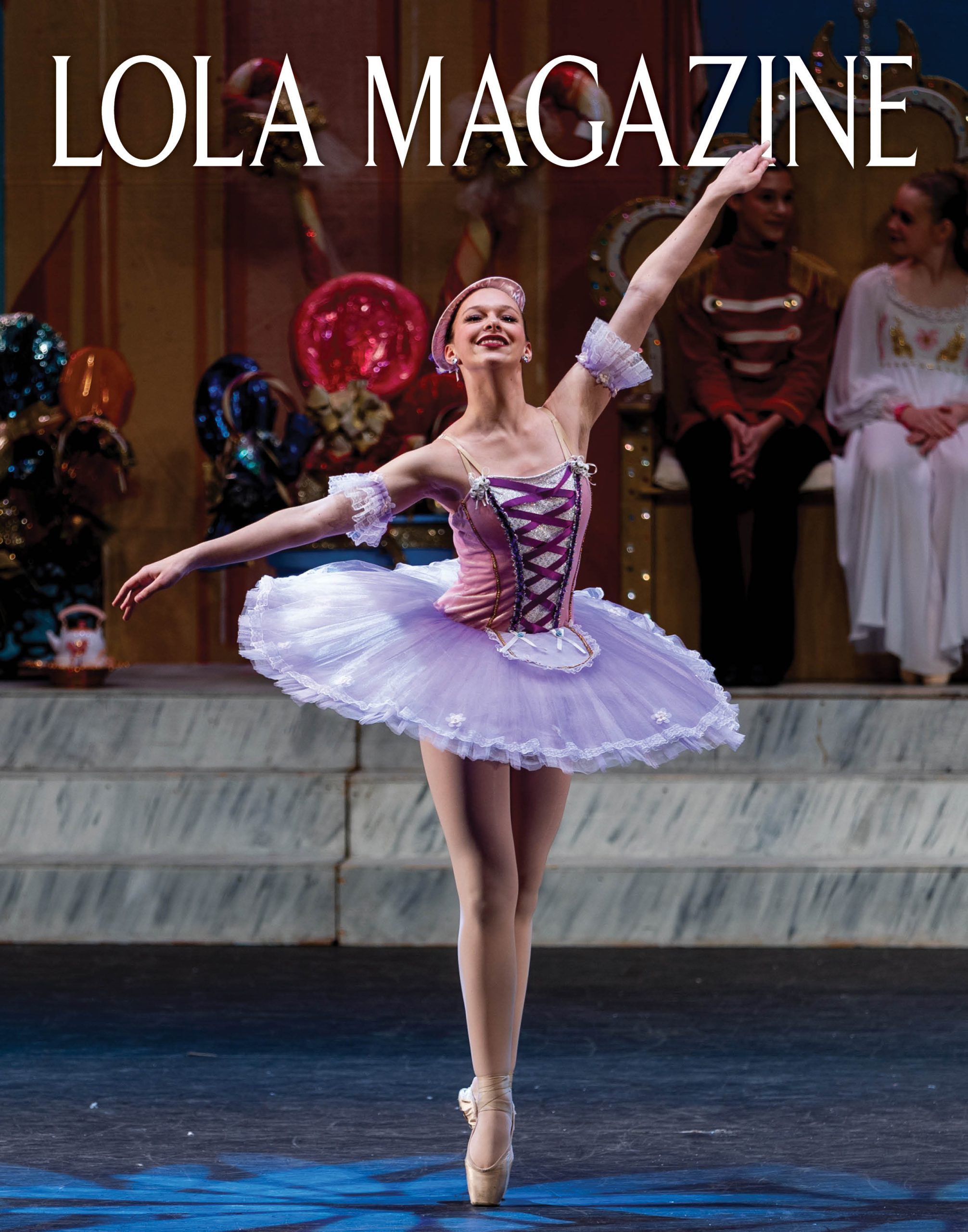When walking through the French Quarter of New Orleans, one cannot help but notice the French and Spanish influence in the architecture that sets the city apart as the most European-influenced in the United States. Behind each structure is a great story that goes beyond the brick and limestone facades with the cast-iron balconies.
In October 2003, I was asked by my dear friend Janet Haedicke to accompany her to New Orleans to decorate for the New Orleans Opera Guild’s preview of “Pontalba: a Louisiana Legacy” by composer and librettist Thea Musgrave. It was a two-act opera loosely based on the life of Micaela Almonester, Baroness de Pontalba, a prominent figure in 19th-century

Having not known the backstory, I became further intrigued on the drive down for the weekend’s events. Janet shared the history and life of the Baroness de Pontalba. Janet’s insightful love of Southern literature and Feminist history reinforced by her doctorate in English Literature made this an enlightening drive of knowledge that satisfied my curiosity.
Micaela Leonarda Antonia Almonester y Rojas was a wealthy New Orleans-born aristocrat, businesswoman, lay architect and real estate developer who was one of the city’s most dynamic personalities in its history. She has been described as “a temperamental, flamboyant redhead,” though her pictures portray her as a brunette with blue-grey eyes and pale skin. She was intelligent, strong-willed and commanded much attention from the Parisians for her opulent social affairs. Her peers called her vivacious, intelligent, shrewd, bright-eyed, vigilant, and business like. She was Spanish by birth, French by marriage and American once Louisiana entered the Union.
Micaela was born on November 6, 1795 from the union of Andres’ Almonester y Rojas and Louise Denys de La Ronde. On April 26, 1798, when she was just 2 ½ years old, her Spanish father died, leaving her as his sole heir to a considerable fortune. Her mother would administer this estate until Micaela would marry her French cousin, 20-year-old Joseph-Xavier Ce’lestin Delfau de Pontalba on October 23, 1811, in St. Louis Cathedral at the age of 15. It was an arranged marriage by her mother that kept with Creole tradition that attracted the most influential members of Creole society. It was not a marriage she favored as she was in love with an impoverished man. It was more of a business merger of two families for a transfer of wealth. She would move to France and endure a less desirable marriage, where she became a prisoner within her own home at the Pontalba chateau. During this union she bore her husband four sons, Joseph, Ce’lestin, Alfred and Gaston, as well as a daughter, Mathilde.
To advert her boredom, she would convert a large room at the chateau into a theatre and put on plays. A lot of enthusiasm would go into these productions as she would order costumes and hire locals for roles. She would often perform on the stage in the amateur productions for her friends from Paris.
Micaela’s father- in- law, Baron de Pontalba, had orchestrated the marriage to his son. It was a maneuver he persuaded to happen in an effort to gain her vast inheritance. For more than two decades, despite his concerted efforts, he would fail to succeed on taking possession. Micaela’s attempts to protect her fortune and separate from her husband Ce’lestin enraged Baron de Pontalba to the point that he resorted to violence.
During one of her visits to the chateau on October 19, 1834, he stormed into her bedroom and shot her four times in the chest at point blank with a pair of dueling pistols. She would survive the shooting attack. A bullet crushed her hand, her left breast was disfigured and two of her fingers were mutilated. That evening the Baron committed suicide by shooting himself in the head with the same dueling pistols.
As Ce’lestin succeeded his father’s barony, Micaela was henceforth styled Baroness de Pontalba. She would go on to separate from her husband after 30 years of marriage, though they would never divorce. She would move out and commission the construction of a mansion in Paris to host a lavish succession of soirees and balls. Her mansion today is known as the Hotel de’ Pontalba and serves as the official residence of the U.S. ambassador to France.
In 1848 at the outbreak of the French revolution, Micaela departed for New Orleans with two of her sons, Alfred and Gaston. Upon her arrival, she instantly became the leader of fashionable society. The city’s most influential and important people were drawn to her salons. Her contemporaries regarded her as vivacious, shrewd and business savvy.


She owned most of this property as part of her vast inheritance. Despite owning the third most-valued property in the French Quarter, Micaela made little profit as most of her tenants were unable to pay their rent. It was a situation that she knew she must remedy. She commissioned the houses to be demolished and hired a skilled contractor Samuel Stewart to revive and renovate the Place de’ Armes, which are now known as the Pontalba Buildings at Jackson Square.
She spent much of her time on horseback supervising the $300,000 construction of these buildings. She was meticulous with the design and construction. It was an inherited trait from her father. Prior to his death, her father had commissioned architect Gilberto Guillemard to design and construct the Cabildo, the Presbytere and St. Louis Cathedral, all of which line one side of the Place de’ Armes. The cast iron decorating the balconies was also her personal design. She had her initials, “A P” carved into the center of each section.
At the time the completion, she was instrumental in the change of Place de’ Armes to Jackson Square. She was also responsible for the parade ground being transformed into a formal garden. She also helped finance the bronze statue of Andrew Jackson, prominently featured in the square. Her uncle, Col. Pierre Denys de La Ronde, had fought alongside him at the Battle of New Orleans. It is rumored that she threatened the mayor at the time of landscaping the gardens of Jackson Square with a shotgun when he showed opposition to her removal of two rows of trees.
In 1851, she departed New Orleans for good and went back to Paris. She spent the remainder of her life there at her mansion on the Rue du Faubourg Saint-Honore’. When her estranged husband suffered a mental and physical breakdown, she took him in and cared for him until the time of her death. She died on April 20, 1874 at the age of 78.










